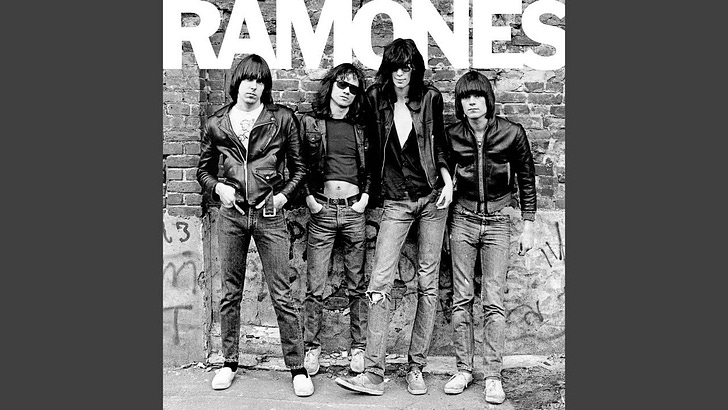The Ramones had become such a constant presence at CBGB in 1975 and 1976 that I hardly knew when and how to write about them. The last post was my reporting about the general scene before the record companies moved in, especially Sire Records led by the visionary Seymour Stein. Sire signed the Ramones, Talking Heads, Richard Hell and the Void-Oids from the Bowery scene; out of Ohio came the Dead Boys and the Pretenders.
Johnny, Joey, Dee Dee, and Tommy were so much the fabric of CBGB … perhaps the only fabric in CBGB, that their booking as an opening act for a showcase for the British pub rock band Dr. Feelgood amounted to a road trip: a 10-minute walk from headquarters. Dr. Feelgood were the nominal headliners, I guess, but the Ramones had hometown advantage in this article that appeared May 12, 1976 in Newsday. My conclusion, in which I expected that Dr. Feelgood “will probably reach a wider audience than the Ramones” was based on pessimism, not preference. But Dr. Feelgood, an exce…
Keep reading with a 7-day free trial
Subscribe to Critical Conditions by Wayne Robins to keep reading this post and get 7 days of free access to the full post archives.



